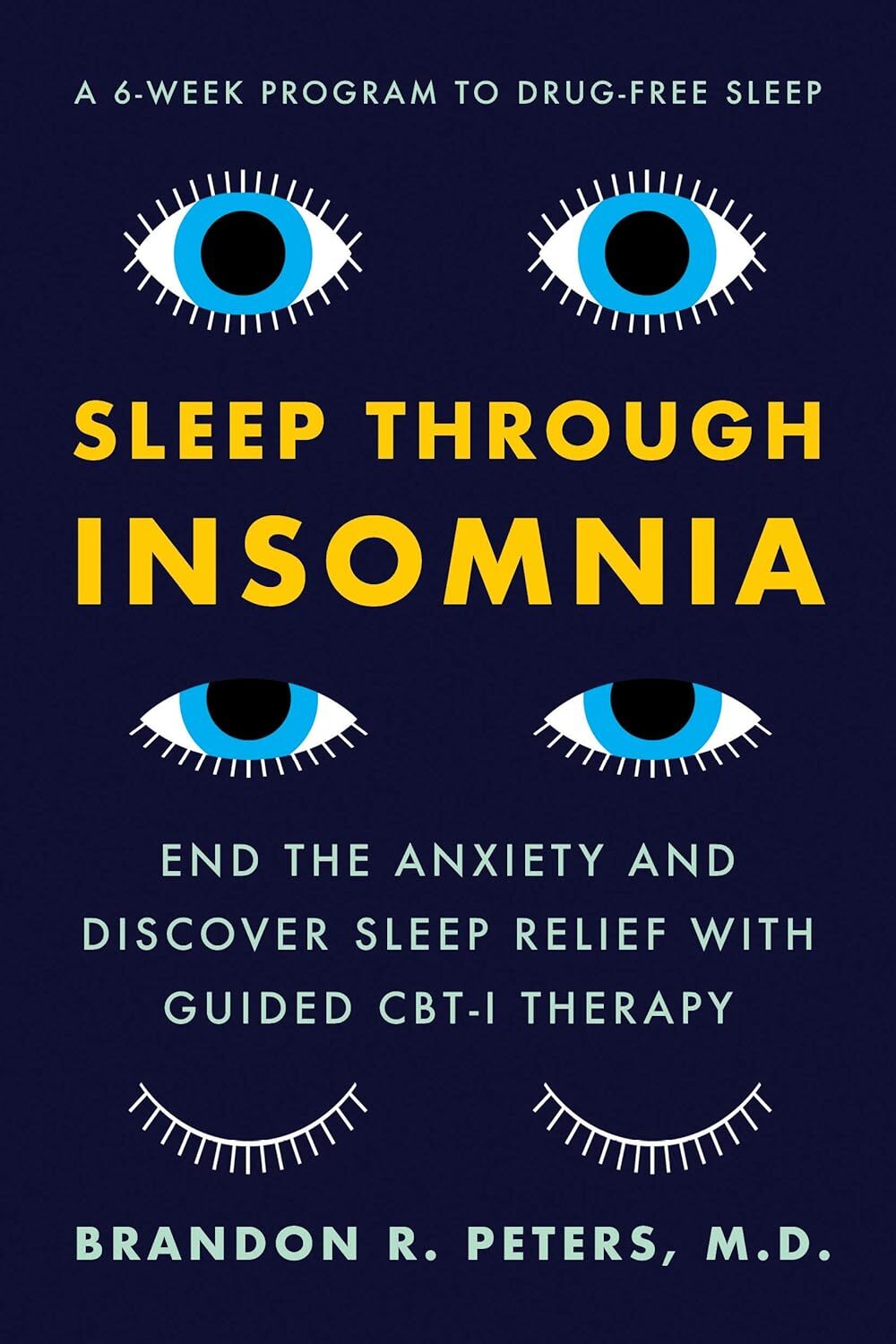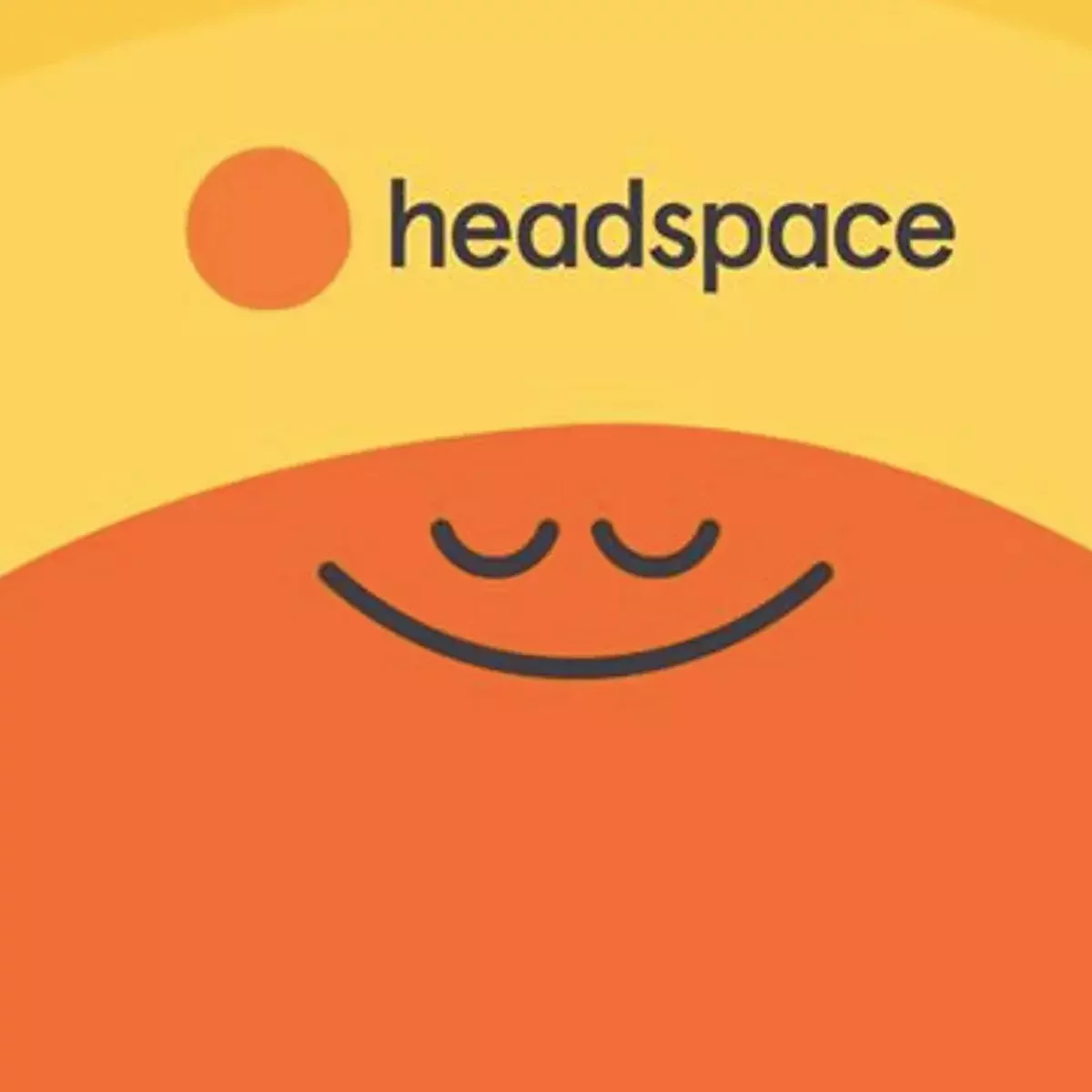Cognitive Behavior Therapy for Insomnia (CBT-I)
Improve Sleep Through Cognitive Reframing

Introduction
Cognitive Behavioral Therapy for Insomnia (CBT-I) is an evidence-based approach that helps cancer survivors address sleep difficulties by changing thoughts and behaviors that disrupt rest. It promotes healthy sleep patterns, reduces insomnia, and supports the recovery process.
What You Need To Know
How To Do It
Instructions:
1. Prepare Your Tools
Use a notebook, form, or digital app to record thoughts and perform exercises. Find a quiet space and allocate 10–15 minutes.
- Keep a sleep diary or wear a device to track your sleep: Note bedtime, wake time, sleep duration, and nighttime awakenings.
- Record thoughts about sleep (e.g., “I’ll never sleep well again”).
3. Practice Sleep Hygiene
- Set a consistent sleep schedule: Go to bed and wake up at the same time daily.
- Limit screen time 1 hour before bed; create a calming bedroom environment.
- Only use your bed for sleep and intimacy; avoid activities like reading or watching TV.
- If unable to sleep after 20 minutes, get up and do a relaxing activity (e.g., reading) until sleepy.
- All-or-Nothing Thinking: Seeing things in black-and-white terms, with no middle ground (e.g., “If I’m tired today, I’ll never recover fully.”).
- Overgeneralization: Drawing broad conclusions from a single event (e.g., “One bad day means my recovery is failing.”).
- Mental Filter: Focusing only on negative details while ignoring positives (e.g., “I only notice my fatigue, not my progress.”).
- Discounting the Positive: Dismissing positive experiences as unimportant (e.g., “Feeling better today doesn’t count; it won’t last.”).
- Jumping to Conclusions: Assuming negative outcomes without evidence, via: a) Mind Reading: Believing others think negatively of you (e.g., “My doctor thinks I’m not trying hard enough.”) or b) Fortune Telling: Predicting negative outcomes (e.g., “My cancer will definitely return.”).
- Magnification or Minimization: Exaggerating negatives or downplaying positives (e.g., “This side effect is unbearable, but my strength is nothing.”).
- Emotional Reasoning: Believing feelings reflect reality (e.g., “I feel hopeless, so my situation is hopeless.”).
- Should Statements: Imposing rigid expectations on yourself or others (e.g., “I should be stronger by now.”).
- Labeling: Assigning negative labels to yourself or others (e.g., “I’m a failure because I’m still in treatment.”).
- Personalization: Taking responsibility for things outside your control (e.g., “My family’s stress is my fault because I’m sick.”).
- Track outcomes in your notebook.
- Review and reflect on your past CBT-I writings to identify negative thought patterns.
- Adjust strategies based on the rational changes you’ve made to address negative thoughts.
Helpful Tips:
- Start small: Begin with one CBT-I technique if fatigued.
- Be consistent: Stick to a sleep schedule, even on tough days.
- Limit naps: Keep naps short (20–30 minutes) to avoid disrupting nighttime sleep.
- Stay patient: Sleep improvements may take weeks.
- Combine with mindfulness: Pair with meditation for better relaxation.
- Track progress: Note sleep changes in your diary.
- Consult professionals: Work with a sleep specialist or therapist for tailored CBT-I.
- Adapt for recovery: Adjust for treatment-related fatigue or medications.
- Celebrate small wins: Acknowledge even minor sleep improvements
Disclaimer: The information on Survivor Site is for general informational purposes only and is not a substitute for professional advice, diagnosis, or treatment. Always consult a qualified healthcare provider before starting any medical, psychological, or wellness practices.
Related Topics:
Strongly Related
Reduce Stress:
[Links to related web pages]
[Links to related web pages]
[Links to related web pages][Links to related web pages]
Moderately Related
Issue B:
[Links to related web pages]
[Links to related web pages]












